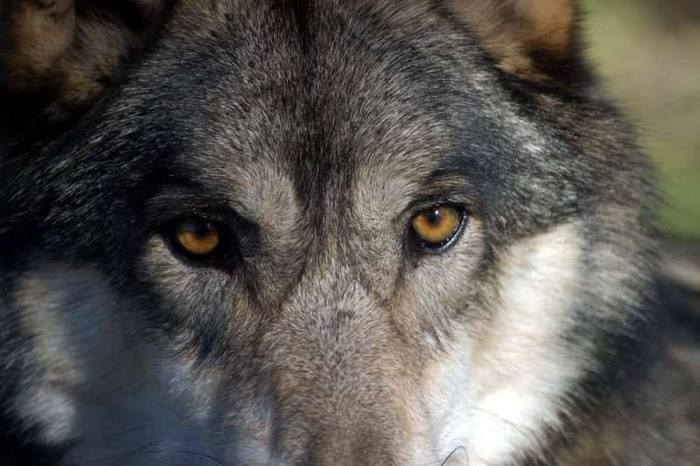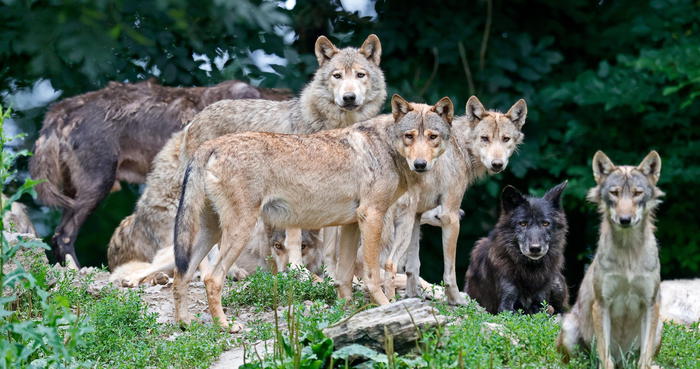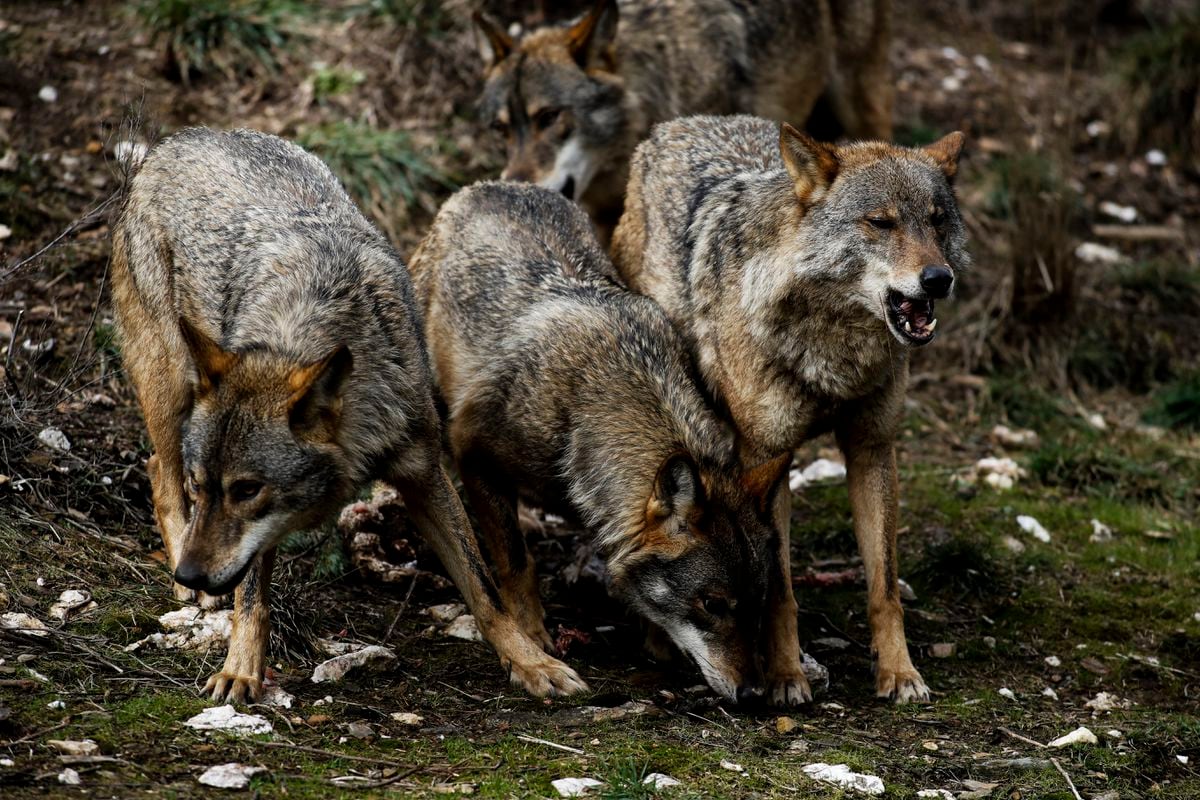The population of wolves in Italy is increasing, estimated at around 3,300 specimens, 950 in the Alpine regions and almost 2,400 along the rest of the peninsula.
The estimate comes from Ispra, which carried out the monitoring between 2020 and 2021, on a mandate from the Ministry of Ecological Transition.
"If we calculate the extent of the wolf presence areas (41,600 square kilometers in the Alpine regions and 108,500 square kilometers in the peninsular regions), it can be said that the species occupies almost all of the suitable environments in peninsular Italy. Everywhere the population wolf growth, the most significant increase in the Alps ".
A large network of experts was involved in the monitoring in collecting the signs of the presence of the wolf from North to South, explains Ispra.
Since these are estimates, a fork of error must be considered for each of the numbers relating to the presence: between 822 and 1,099 for the Alpine regions, between 2,020 and 2,645 for the peninsular areas, says Ispra (Higher Institute for Protection and Research environmental).
The monitoring was conducted by dividing the national territory into cells of 10x10 kilometers and carrying out two separate analyzes for the Regions-Autonomous Provinces of the Alps area and the Regions of peninsular Italy.
The presence of the wolf, according to Ispra, "was documented by 6,520 photographic sightings with camera traps, 491 prey to hoofed carcasses, 1,310 tracks, 171 dead wolves, as well as by 16,000 excrements found on the ground. 1,500 genetic analyzes were conducted. which made it possible to identify the species. A total of 85,000 kilometers were traveled on foot to collect the data necessary for the survey ".
The monitoring involved a network of over 3,000 people, including trained volunteer operators and staff from national and regional parks, regions and autonomous provinces, universities, museums, 5 national associations (Aigae, Cai, Legambiente, Lipu, Wwf Italy), 37 associations local, 504 departments of the Forestry, Environmental and Agri-food (Cufaa) Unit of the Carabinieri.
"An innovative monitoring project on a national scale and under the coordination of Ispra, which has made it possible to overcome the inhomogeneity of the monitoring carried out so far, defining standardized protocols that will allow the dynamics of the population to be analyzed in the future - reads the note from the Institute - The data collected and the network created can provide support to local authorities and national parks for the correct conservation of the wolf and to mitigate the conflicts of this predator with human activities ".
In the Alpine regions, monitoring was coordinated by the Piedmont Large Carnivore Reference Center and the University of Turin (Dbios) as part of the Life WolfAlps Eu project.
The study required the integration of field and genetic investigation techniques,








